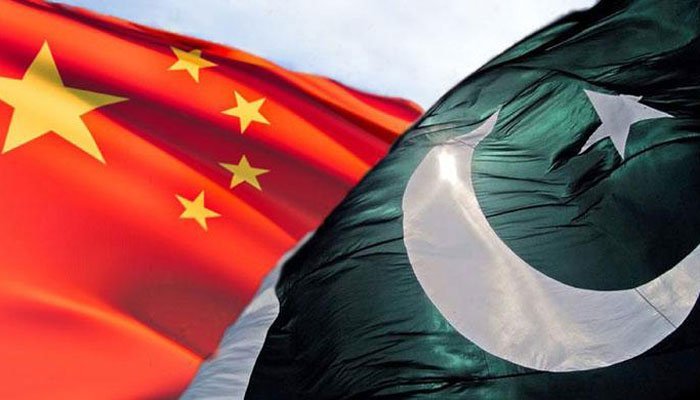Balochistan launches large scale solar project under CPEC
With Chinese government support, the Balochistan government has completed solarization projects in 12 educational institutions, computer labs, and hospitals, enhancing them with modern solar power facilities. Pakistan’s solar capacity reached 1.24 GW by 2022, marking a 17% increase from 2021, with initiatives proposed to further boost solar energy share. Pakistan’s Solar Energy Market is projected to grow at a CAGR of 49.68% from 2023 to 2028. Balochistan, with vast solar and wind potentials, could implement over 14 GW of renewable energy within 5-10 years, particularly utilizing PV utility scale plants. Decentralized microgrids coupled with solar generation offer a cost-effective means to extend reliable electricity access to rural areas, notes the China Economic Net.
BEIJING – The Balochistan government, with the support of Chinese government, has completed the solarization of 12 educational institutions, computer laboratories and hospitals that have been equipped with modern solar power facilities. Pakistan’s total solar installed capacity was 1.24 GW by 2022, representing a 17 percent increase over 2021. The government has proposed many initiatives to increase the share of solar energy in the country. By now, Pakistan’s Solar Energy Market is estimated to increase at a compound annual growth rate (CAGR) of 49.68 percent from 1.30 gigatonnes in 2023 to 9.77 gigatonnes in 2028. In the specific case of Balochistan province, according to the Central Asia Regional Economic Cooperation Program, “Pakistan’s total technical solar and wind potentials are 2,900 GW and 340 GW, respectively.”
“Additionally, Balochistan has the potential to implement greater than 14 GW of Renewable energy within 5-10 years through least-cost pathways, including PV utility scale plants of 9,500 – 11,500 MWp. Balochistan’s geography, irradiance, and location make it one of Pakistan’s most high-potential provinces, with respect to renewables,” China Economic Net (CEN) reported. “Decentralized microgrids paired with solar generation could be used to increase reliable electricity access for rural residents. While microgrids generally only provide basic electrification (high quality lighting and charging of a mobile phone), it is able to do so for multiple households at a significantly lower cost over in the long run,” CEN added.
Pak-China think-tanks unite to counter misperceptions, deepen strategic cooperation
ISLAMABAD: The leading think-tanks of Pakistan and China have agreed that both countries m…












